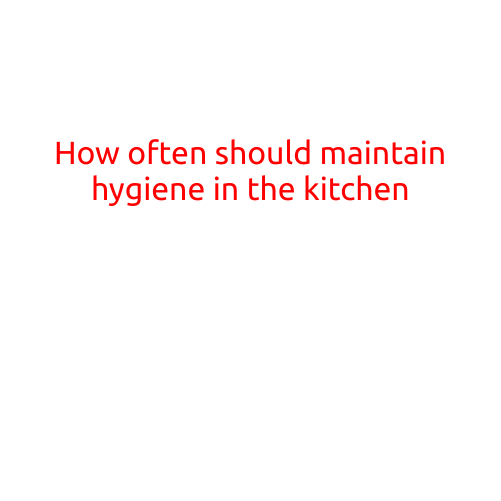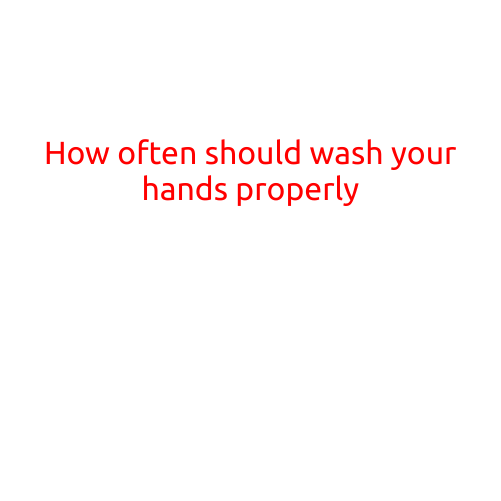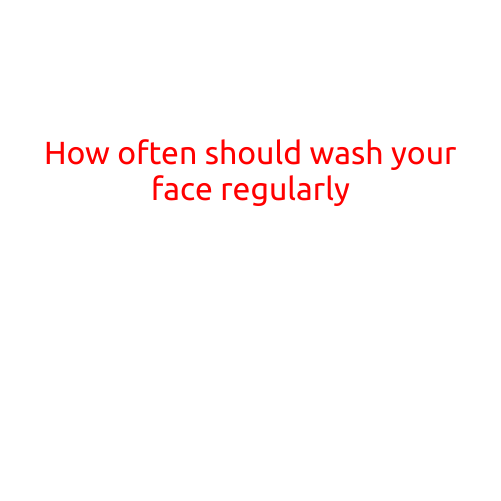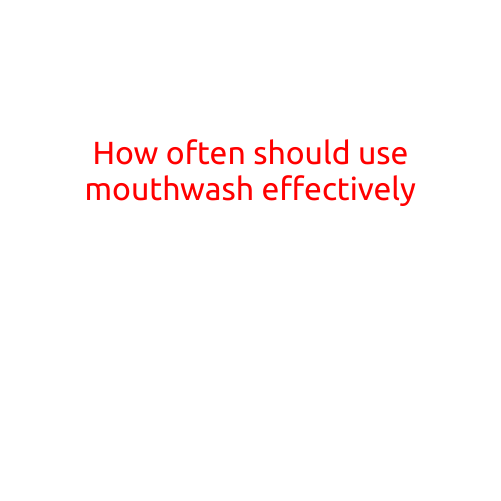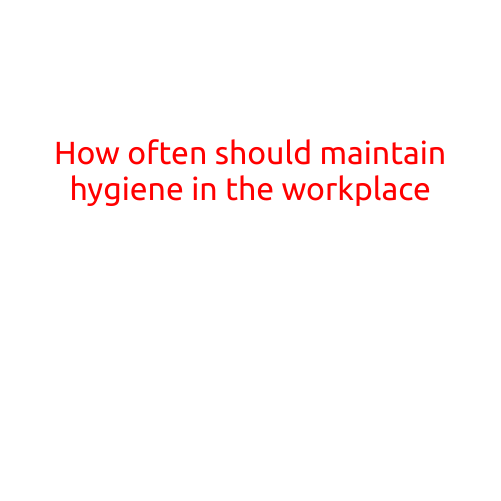
How Often Should You Maintain Hygiene in the Workplace?
Maintaining hygiene in the workplace is crucial for a healthy and productive work environment. A clean and hygienic workplace not only boosts employees’ morale but also reduces the risk of illnesses and infections. In this article, we’ll discuss how often you should maintain hygiene in the workplace and provide some tips on best practices.
Why is Workplace Hygiene Important?
Workplace hygiene is essential for several reasons:
- Prevention of Illnesses: Germs and bacteria can spread quickly through an office, causing illnesses like the common cold, flu, and gastroenteritis. Maintaining good hygiene practices can help prevent the spread of these illnesses.
- Employee Productivity: A clean and hygienic workplace can boost employee morale and productivity. Workers are more likely to feel comfortable and focused when their workspace is clean and free of distractions.
- Brand Reputation: A dirty and unhygienic workplace can reflect poorly on your company’s reputation. Maintaining a clean and hygienic environment is essential for building a positive brand image.
How Often Should You Clean and Disinfect?
The frequency of cleaning and disinfecting in the workplace depends on several factors, including:
- Usage of High-Touch Areas: High-touch areas such as door handles, light switches, and countertops should be cleaned and disinfecting regularly, ideally every 2-3 hours.
- Traffic and Footfall: Areas with high footfall, such as entryways and corridors, should be cleaned and disinfected more frequently, ideally every hour.
- Types of Industries: Industries that handle food, healthcare, or finance may require more frequent cleaning and disinfecting to meet specific regulations and standards.
Best Practices for Maintaining Workplace Hygiene
- Create a Cleaning Schedule: Develop a cleaning schedule that outlines the frequency of cleaning and disinfecting tasks.
- Assign Cleaning Tasks: Assign cleaning tasks to specific employees or designate a cleaning crew to ensure that tasks are completed regularly.
- Use the Right Cleaning Products: Use products that are effective against the types of germs and bacteria found in the workplace.
- Clean and Disinfect High-Touch Areas: Regularly clean and disinfect high-touch areas such as door handles, light switches, and countertops.
- Provide Hand Hygiene Facilities: Provide employees with access to hand sanitizer or soap and water to encourage good hand hygiene practices.
- Encourage Employee Participation: Encourage employees to participate in cleaning and maintaining a clean and hygienic workspace.
- Monitor and Evaluate: Monitor and evaluate the effectiveness of your cleaning and disinfecting schedule and make adjustments as needed.
Conclusion
Maintaining hygiene in the workplace is essential for a healthy and productive work environment. By understanding why workplace hygiene is important and following best practices for cleaning and disinfecting, you can help prevent the spread of illnesses and injuries, boost employee morale and productivity, and protect your company’s reputation. Remember to create a cleaning schedule, assign cleaning tasks, use the right cleaning products, clean and disinfect high-touch areas, provide hand hygiene facilities, encourage employee participation, and monitor and evaluate the effectiveness of your cleaning and disinfecting schedule.
